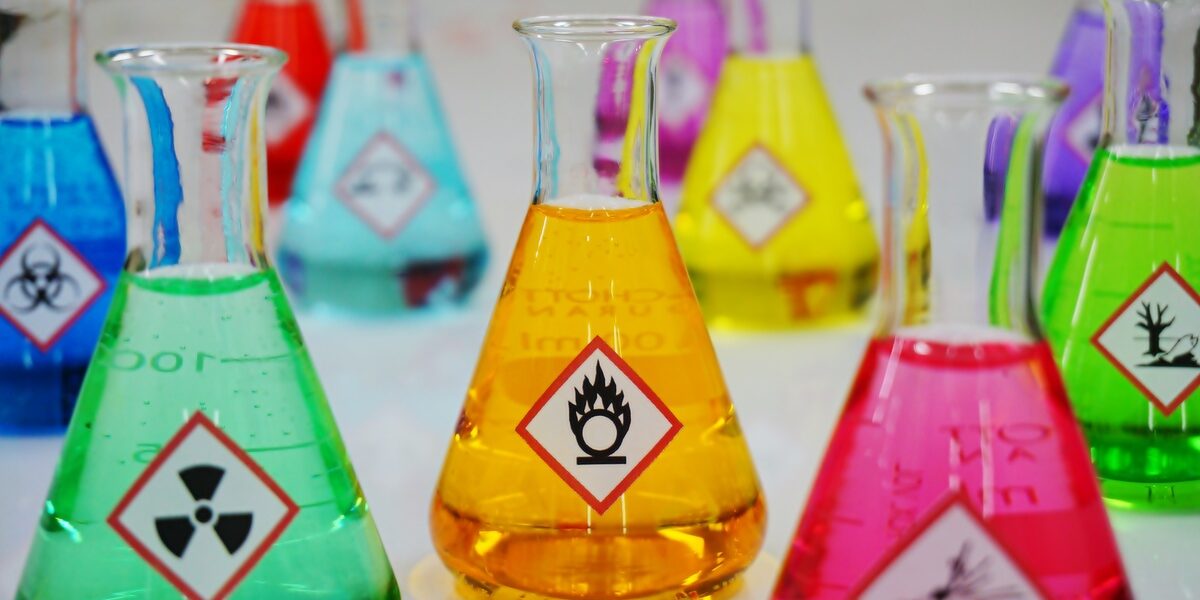Proper labeling is a critical step for safety, compliance, and efficiency when working with chemical compounds. Mislabeling or relying on incomplete labels can result in costly mistakes, regulatory penalties, or dangerous accidents in the lab.
A clear labeling system is essential in maintaining a smooth workflow and ensuring safety. Use these best practices for labeling chemical compounds to stay compliant and safe.
Include Chemical Names and Formulas
Every chemical compound label should start with essential identifiers. At a minimum, the chemical’s name and formula require a clear display. This provides instant recognition for anyone handling the product.
For instance, labeling “Sulfuric Acid” alongside its formula “H₂SO₄” ensures no confusion with similarly named substances. Consistency is key here, so always use the internationally recognized nomenclature, such as the IUPAC system, to prevent errors.
Add Hazard Pictograms for Quick Identification
Labels should prominently feature hazard pictograms to communicate a compound’s potential risks quickly. Visual indicators are a valuable best practice for labeling chemical compounds.
Universally recognized symbols, such as the flame icon for flammables or the skull and crossbones for toxic substances, help users identify hazards at a glance. Placing symbols in a visible location, such as the space next to the chemical name or formula, ensures immediate awareness and keeps your facility safer.
Specify Concentration and Purity Levels
Chemical reactions and formulations rely heavily on each compound’s exact concentration and purity. Minor variables due to inaccurate labels lead to failed experiments or production inefficiencies. By including these details, you provide clarity and enhance control over processes.
Follow GHS Guidelines for Compliance
All labels should adhere to the Globally Harmonized System (GHS) guidelines to meet regulatory standards and ensure consistency. These include product identifiers, signal words such as “Warning” or “Danger,” hazard statements, precautionary statements, and supplier information.
Proper GHS-compliant labeling also keeps your facility audit-ready and at lower risk of regulatory fines. For the best assurance in compliant labeling, a custom chemical manufacturer such as Capital Resin Corporation can provide knowledge and expertise that follows guidelines to the letter. A lab found noncompliant could face penalties from OSHA, EPA, or international equivalents, underlining how crucial this step is.
Regularly Update Labels and SDS Information
Chemical compositions, hazard levels, and compliance requirements change over time. Regularly review and update your labels and their corresponding safety data sheets (SDS) to ensure accuracy. A new study might classify a material under stricter hazardous categories, requiring updated labels and SDS information.
Set reminders to audit your labeling and documentation system at least annually and whenever a new supply batch or regulation change occurs. This simple step helps you avoid potential safety issues and compliance gaps.
Proper chemical labeling is foundational to safe and efficient operations. Prioritize accurate identifiers, and comply with global standards to ensure your workspace remains safe, organized, and compliant. Remember to contact our experts at Capital Resin Corporation to support your operations and provide guidance tailored to your needs.







